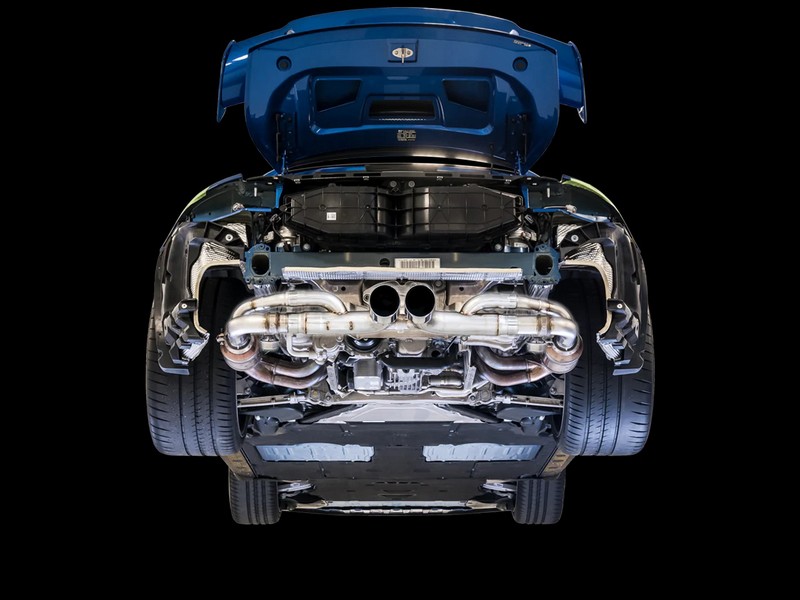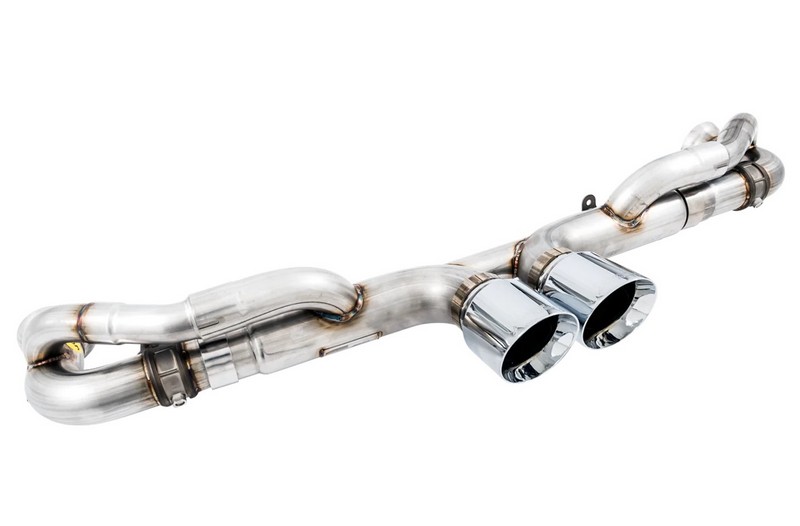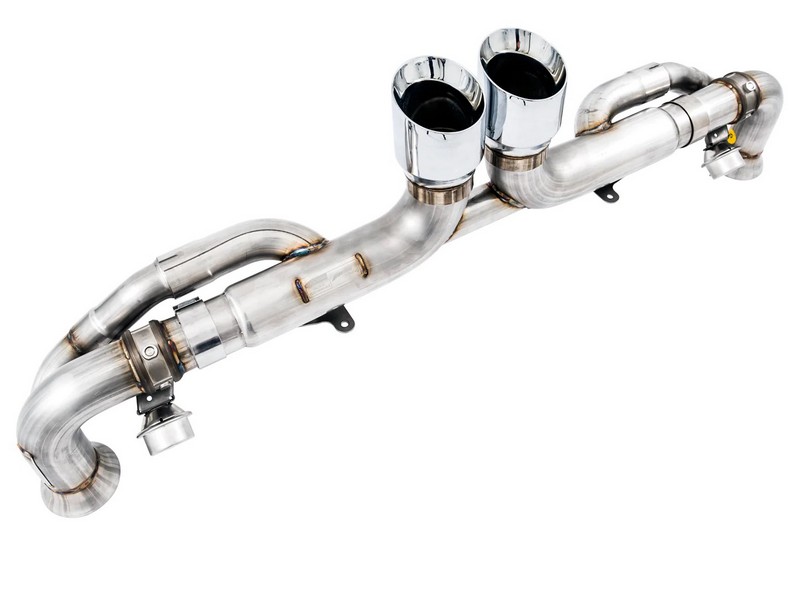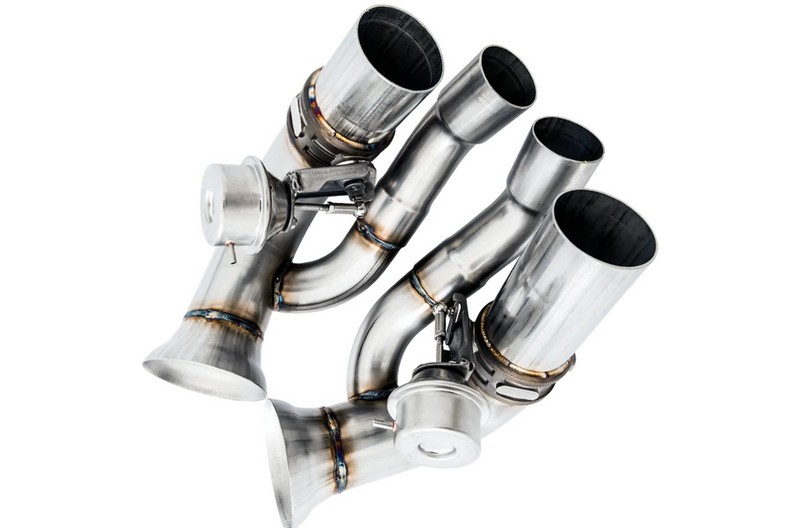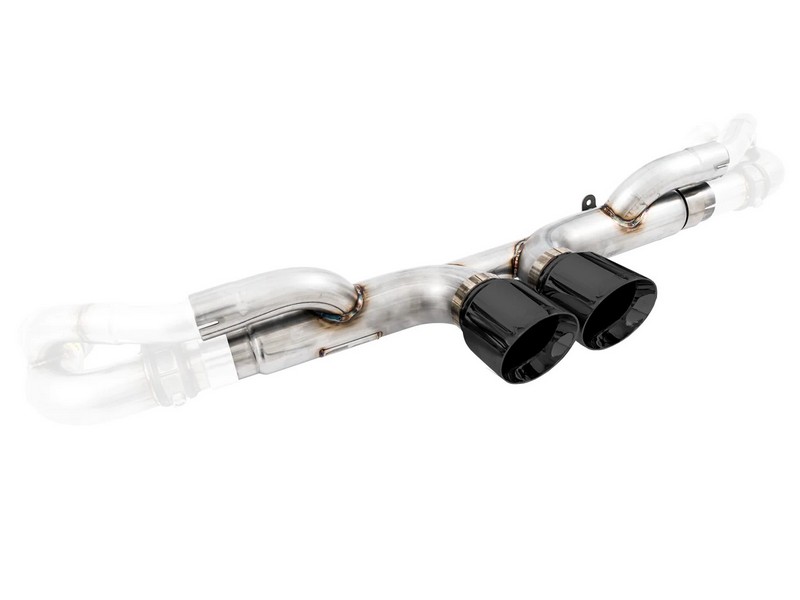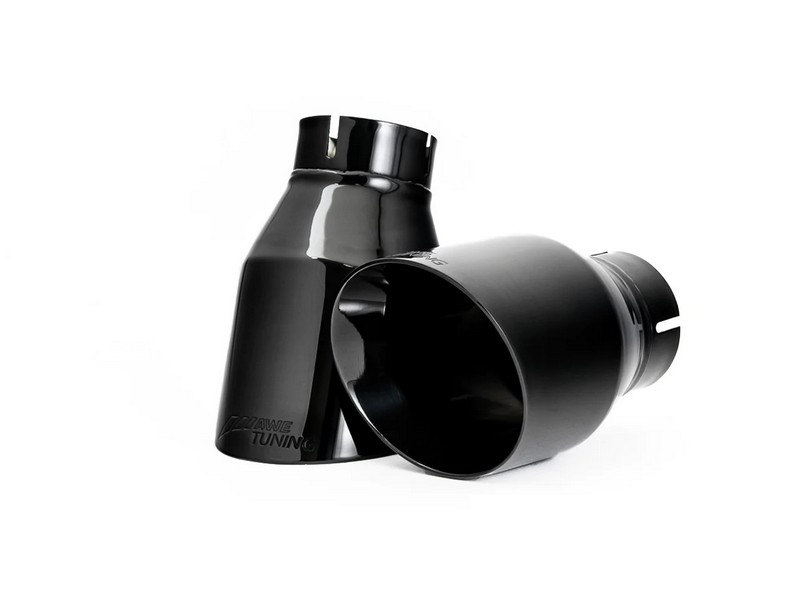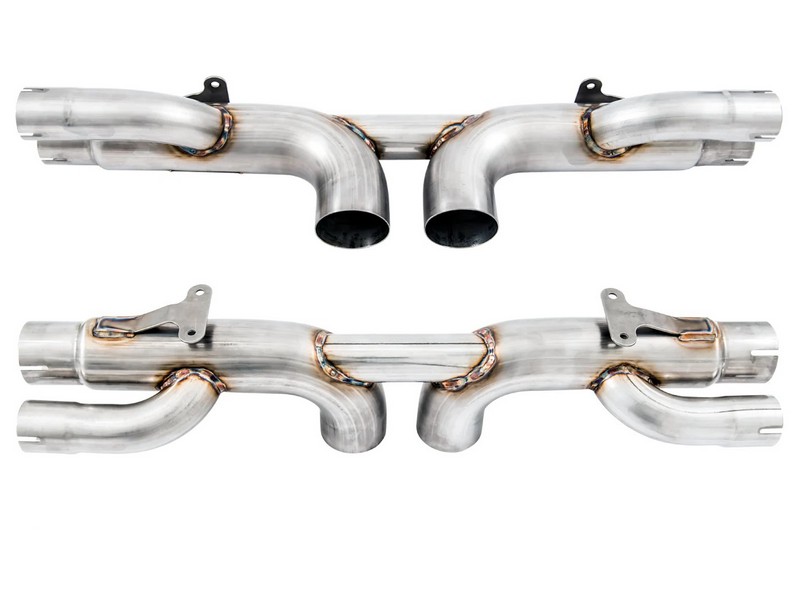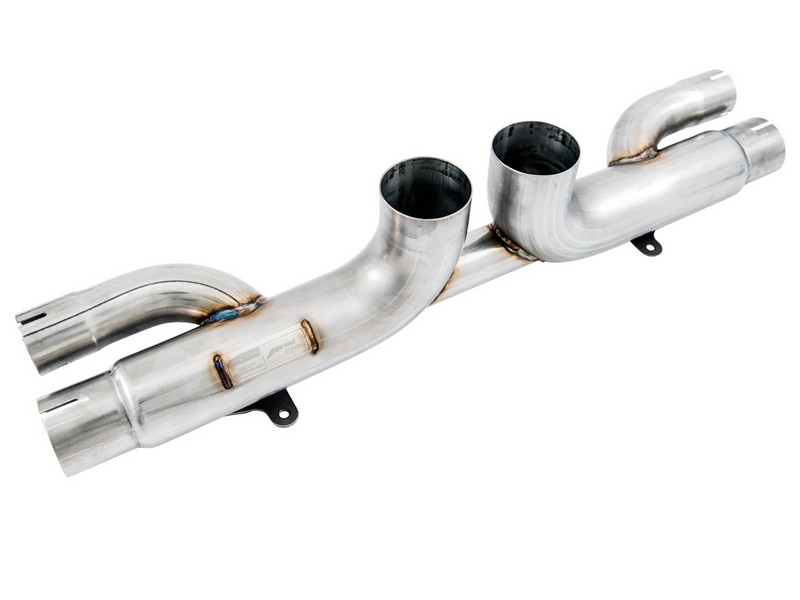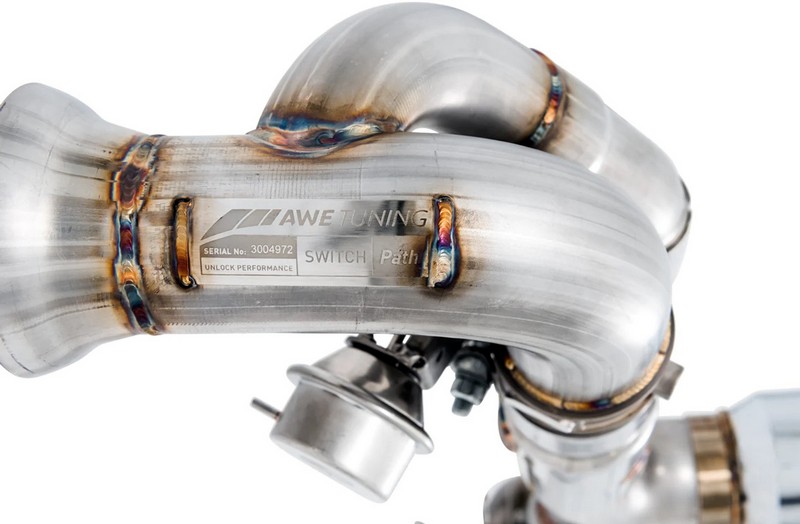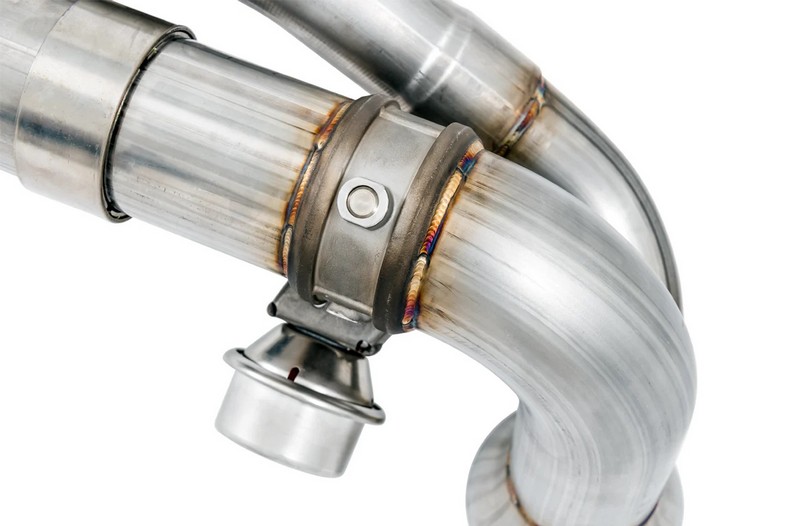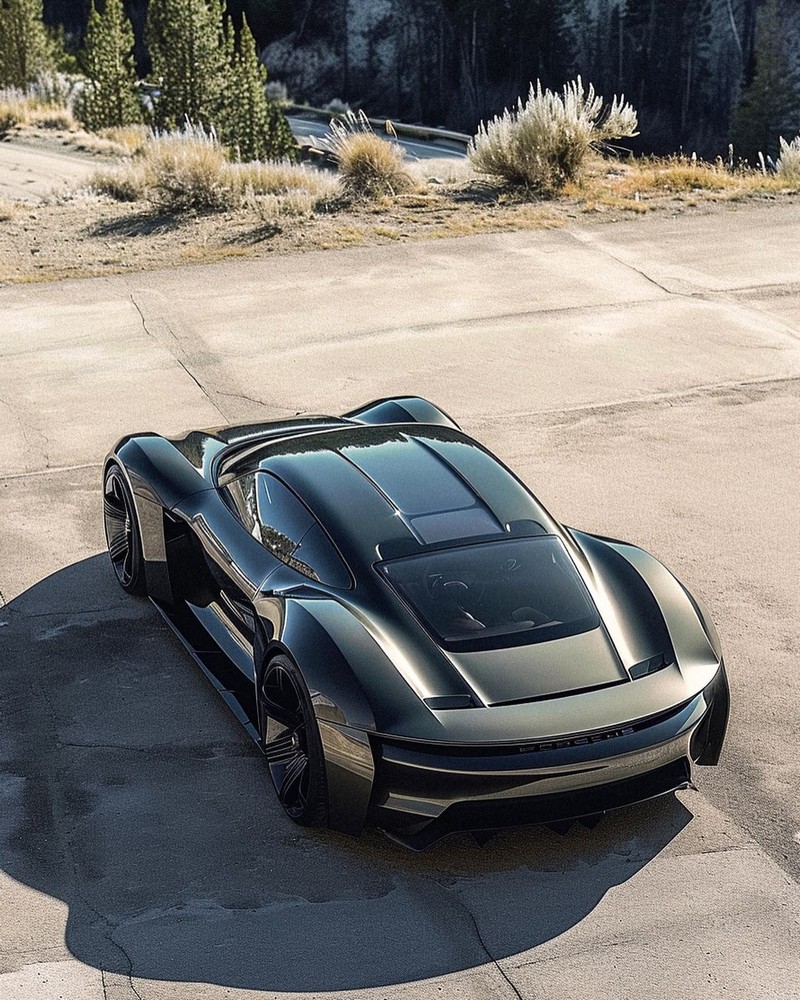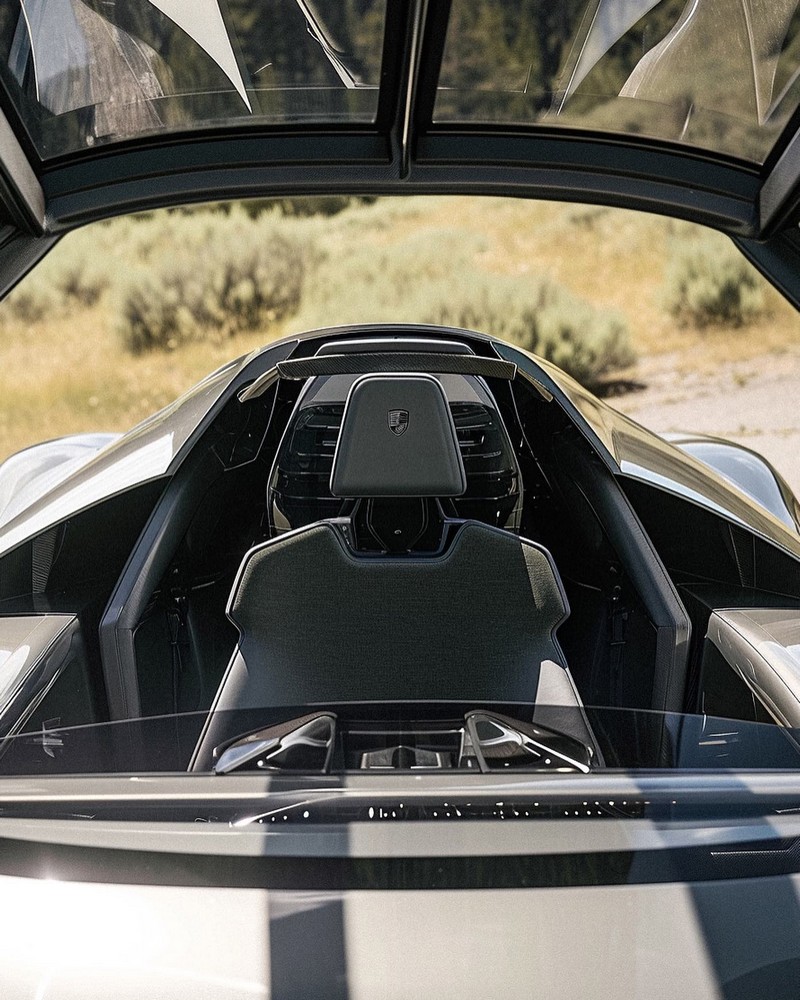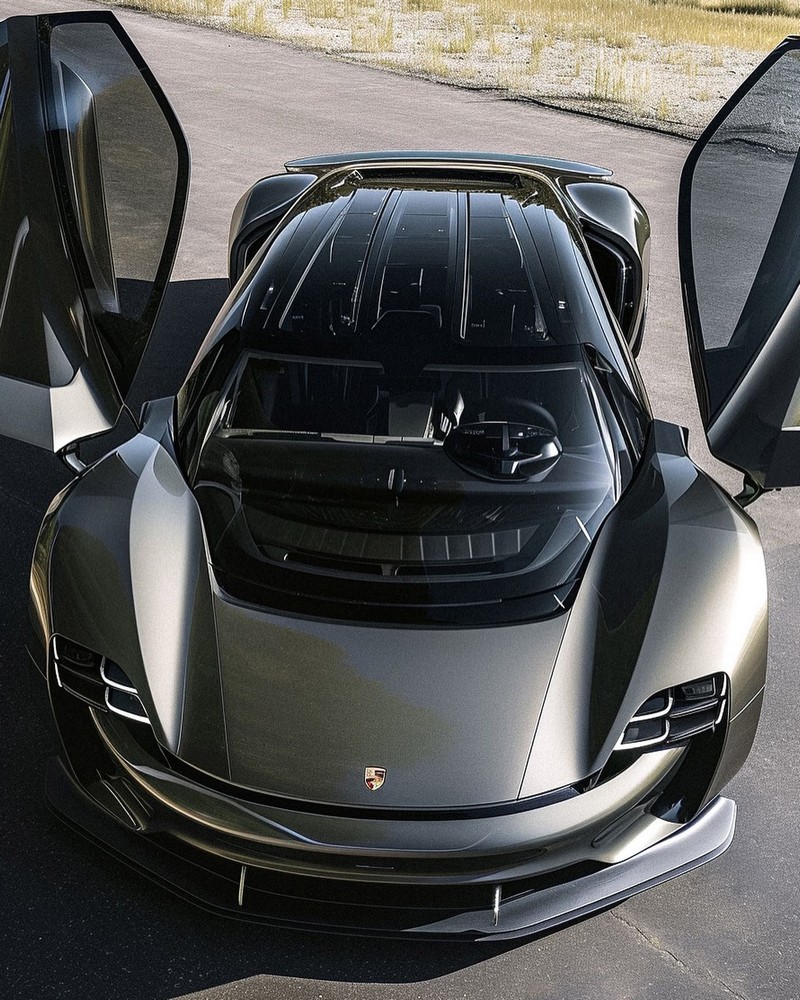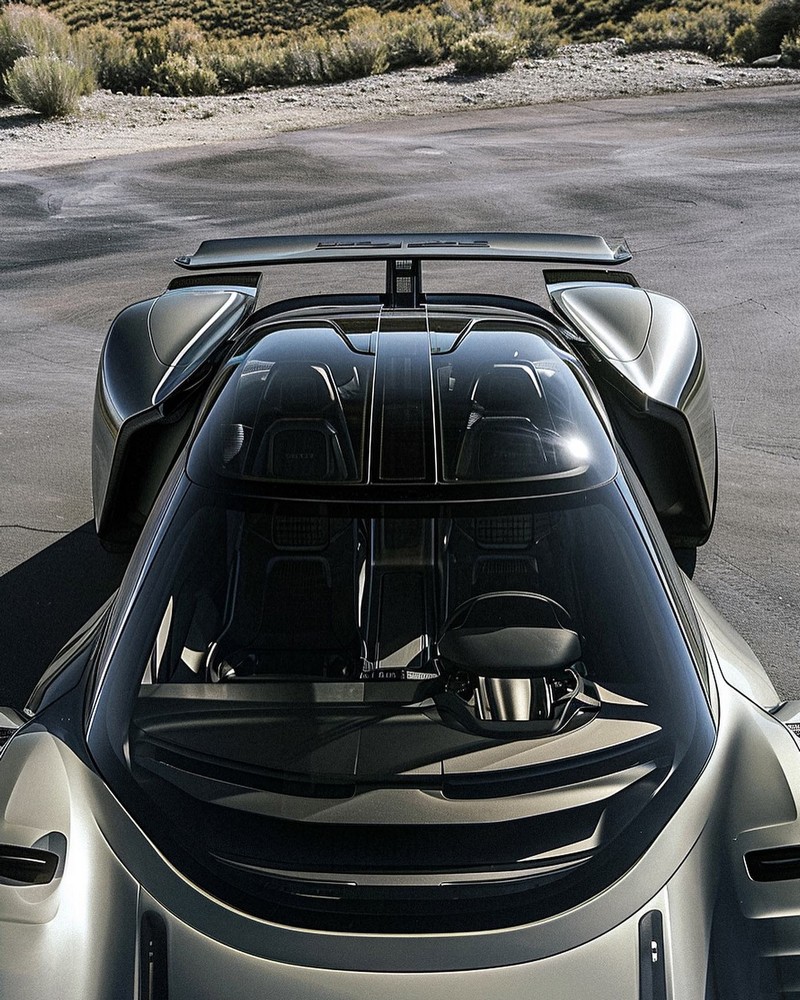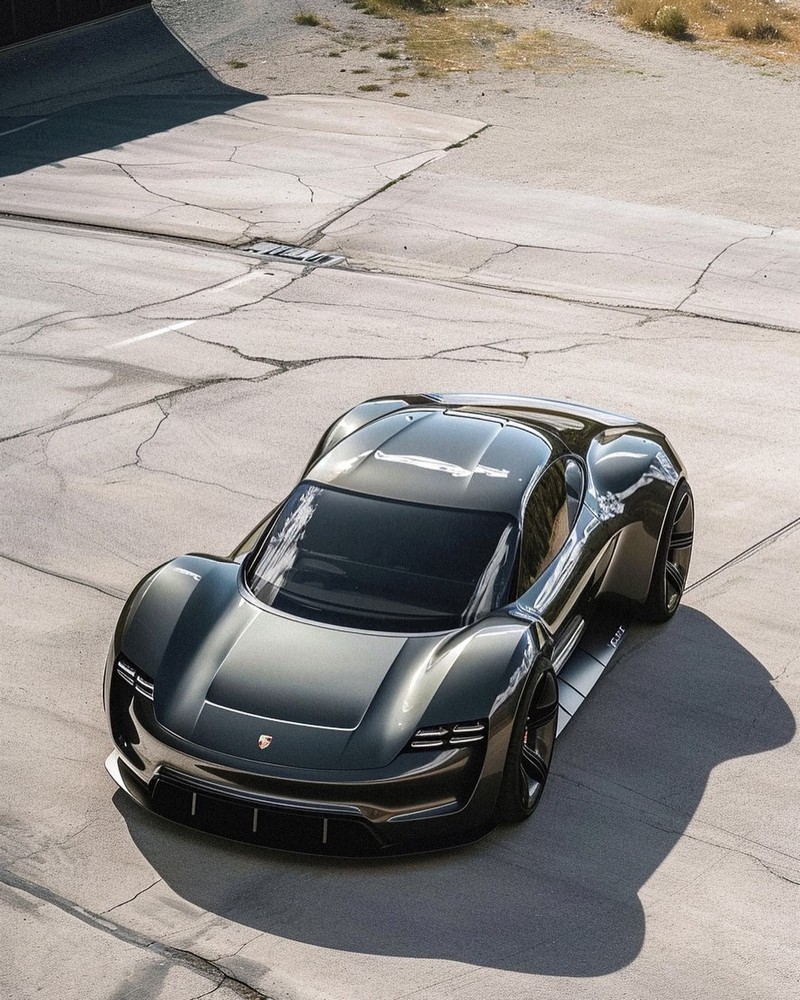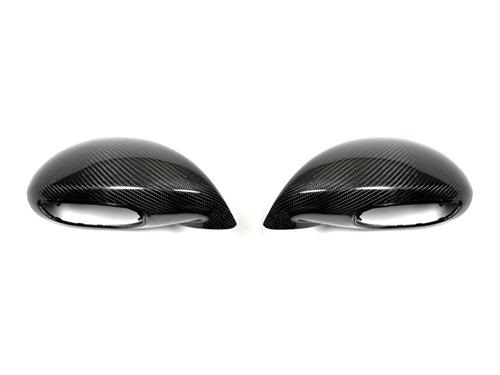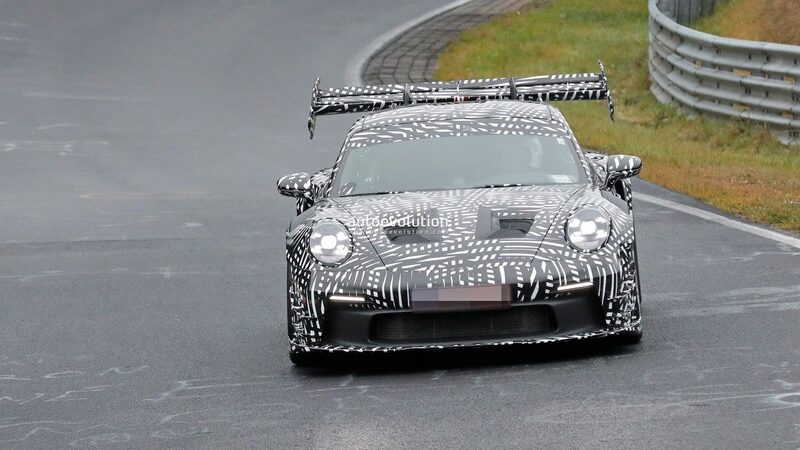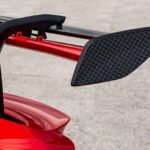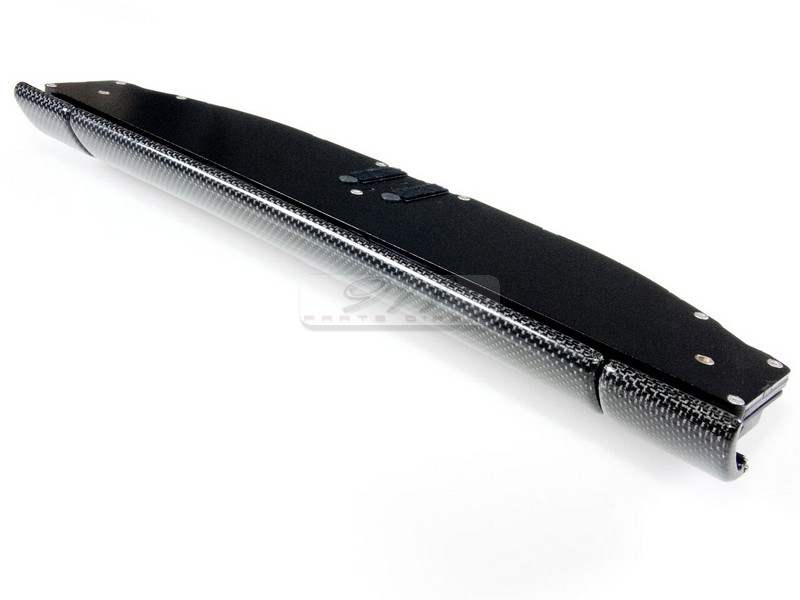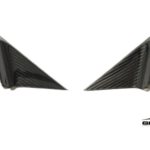Embark on a journey of power, weight reduction, and a signature tone with AWE Tuning’s exhaust suite crafted for the Porsche 991.1 GT3, GT3 RS, 991.2 GT3, 991.1 911 R, and 997.2 GT3/GT3 RS models. Elevate your driving experience with two formidable configurations: the SwitchPath™ Exhaust and the Center Muffler Delete.
Key Features:
- Performance Gains:
- Max gains of 19 hp and 20 ft-lbs of torque at the crank with the SwitchPath™ Exhaust.
- Center Muffler Delete provides weight savings of 11lbs.
- Configuration Options:
- Available in full SwitchPath™ Exhaust or Center Muffler Delete configurations.
- SwitchPath™ offers uncorked aggression with valved side muffler deletes.
- Center Muffler Delete features a true balance pipe for a sophisticated tone.
- Weight Reduction:
- SwitchPath™ Exhaust, with tips, weighs only 17lbs (stock weight: 65lbs).
- AWE Center Muffler Delete weighs only 9lbs.
- Valve Operation:
- SwitchPath™ Exhaust retains factory valve operation for versatile driving experiences.
- Material and Craftsmanship:
- Handcrafted from U.S.-sourced CNC mandrel-bent 0.65” wall T304 stainless steel.
- Clean, straight-through design for maximum flow and performance.
- Tip Options:
- Choose from 102mm slash-cut diamond black tips or 102mm slash-cut chrome silver tips.
- Individually adjustable tips for a personalized depth setting into the bumper.
- Auditory Experience:
- SwitchPath™ evolves from a sophisticated street car tone to a roaring Cup Car growl.
- Center Muffler Delete offers an elevated tone with a distinct auditory experience.
- Easy Installation:
- Direct bolt-on for factory-like simplicity.
- Comprehensive package includes all necessary clamps and hardware for installation.
- Compatibility:
- Fits 991.1 GT3 / GT3 RS, 991.2 GT3, 991.1 911 R, and 997.2 GT3 / GT3 RS models.
- Tip Design:
- Tips include AWE Tuning logo and double walling for a mirror finish.
- Warranty:
- AWE Tuning Lifetime Warranty ensures peace of mind.
What’s Included: The complete AWE Tuning exhaust system, two 102mm tips in the desired finish, all necessary clamps and hardware for installation, and comprehensive installation instructions.
Experience the perfect balance of performance, aesthetics, and auditory pleasure with the meticulously engineered AWE Exhaust suite. Elevate your Porsche 991’s capabilities and make a bold statement on the road.

